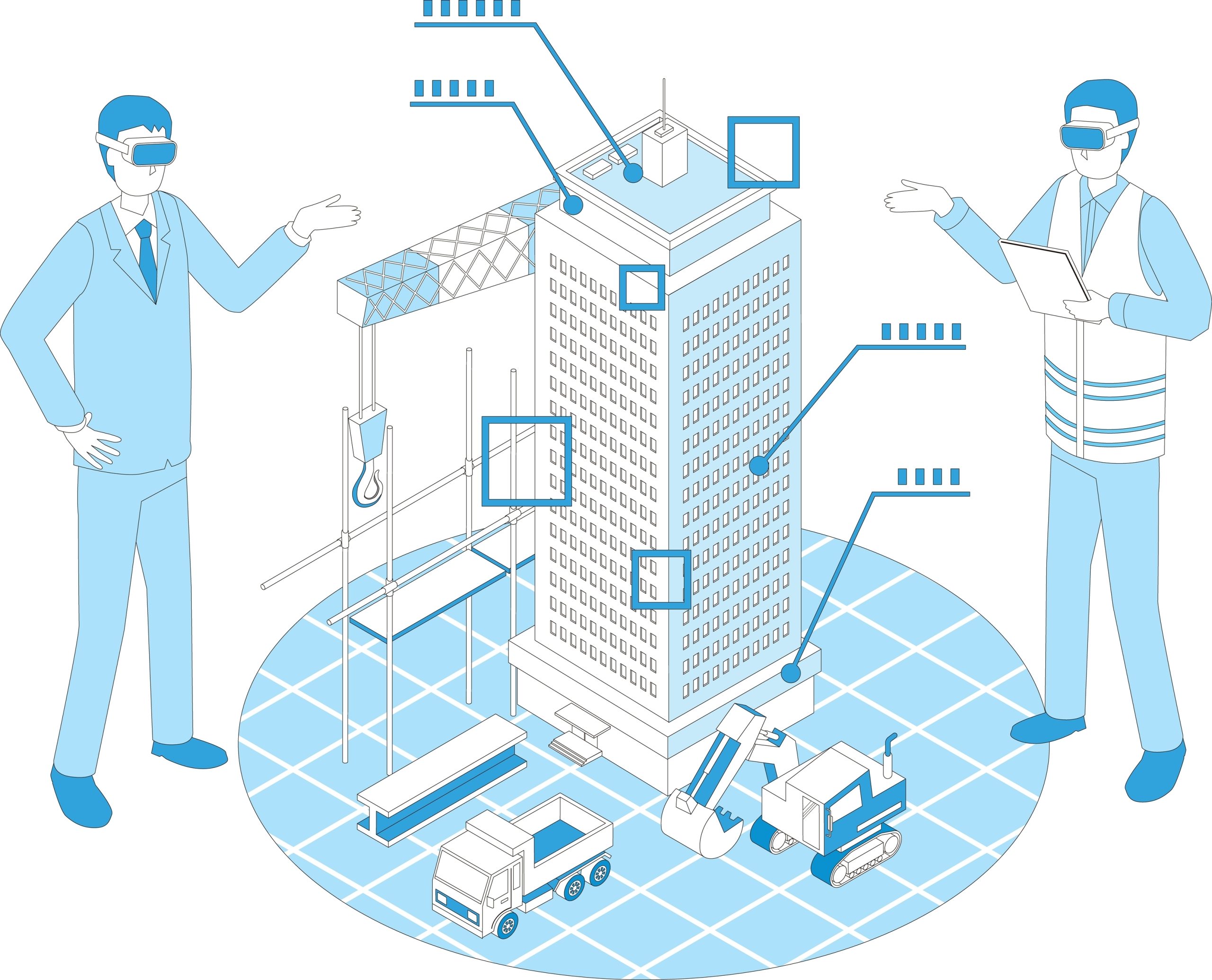Ir. Professor Leong Wai Yie, senior professor at INTI International University’s Faculty of Engineering and Quantity Surveying (FEQS) and a leading expert in sustainable construction, has highlighted the significant impact of Virtual Reality (VR) technology on green construction. In her study titled “Virtual Reality: Revolutionizing Green Construction,” Prof. Leong explores how VR transforms sustainable building practices by improving design, training, and project management.


Ir. Professor Dr. Leong Wai Yie, a senior professor in the Faculty of Engineering and Quantity Surveying (FEQS) at INTI International University, highlights how Virtual Reality (VR) is transforming green construction practices. By improving design accuracy and promoting sustainability, VR allows for detailed 3D visualisation and seamless integration of sustainability measures from the design phase.
VR technology has introduced remarkable advancements across various sectors, and Prof. Leong’s research focuses on how it is reshaping green construction. VR integrates sustainability measures throughout the process, from the early design stages to project completion. “Virtual Reality is not just a novelty; it’s a crucial tool in advancing green construction. It allows for detailed 3D visualisations and interactions with building designs, ensuring sustainability principles are incorporated from the outset,” Prof. Leong explains.
One of the key advantages of VR in green construction is its impact on design and visualisation. Architects and engineers can create detailed 3D models, which support better decision-making and optimise energy efficiency. By simulating different materials and energy systems, VR helps maximise natural light usage, reduce reliance on artificial lighting, and achieve sustainability goals.
VR also plays a pivotal role in training and safety. Immersive VR training programs allow construction workers to practice sustainable techniques and safety protocols in a risk-free virtual environment. This enhances their skills and reduces the chance of accidents while educating them on using green materials and methods.

Engineers are using Virtual Reality (VR) to revolutionise sustainable construction practices, changing how buildings are designed, managed, and built for a greener future.
In terms of project management, VR simplifies processes like remote site inspections and progress tracking, cutting down on travel and associated emissions. It also supports better resource management by minimising waste and promoting recycling efforts. Additionally, VR improves collaboration by offering a shared virtual space for stakeholders to review designs and make decisions. Clients can participate in virtual walkthroughs, providing feedback before construction begins.
However, adopting VR in green construction does come with challenges. High costs for hardware and software, the need for specialised skills, compatibility with existing systems, and concerns over data security are all hurdles. Additionally, overcoming resistance to change within the construction industry, which tends to be conservative, requires clear demonstrations of VR’s advantages and proper support for its implementation.
“The potential of VR to enhance sustainable building practices is immense,” says Prof. Leong. “Although there are challenges, the benefits in design precision, collaboration, training, and project management are significant. With strategic investment and ongoing innovation, the industry can fully tap into VR’s potential for green construction.”
As the construction industry moves towards more sustainable practices, VR is a powerful tool to revolutionise building processes. By embracing VR technology and addressing its challenges, the industry can take substantial steps toward achieving its sustainability goals.